Foraging on the banks of the Peel River
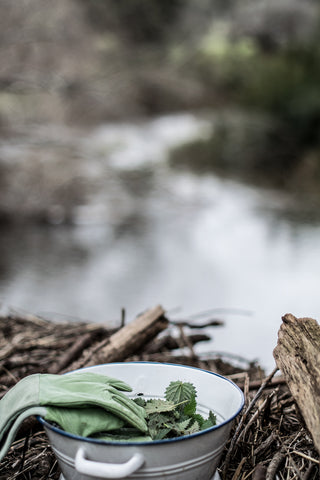


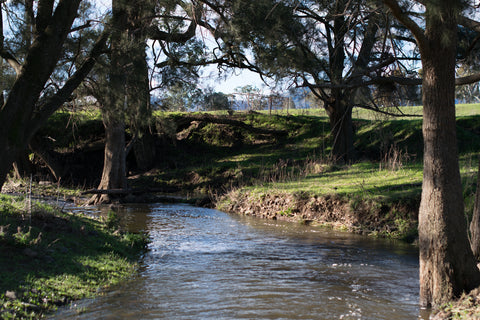
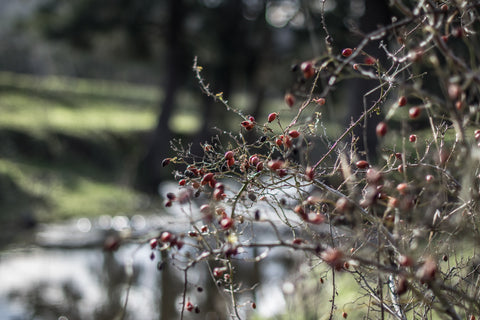

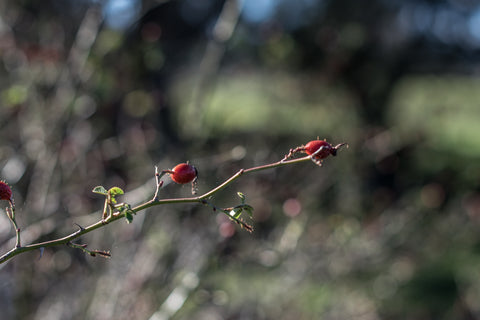
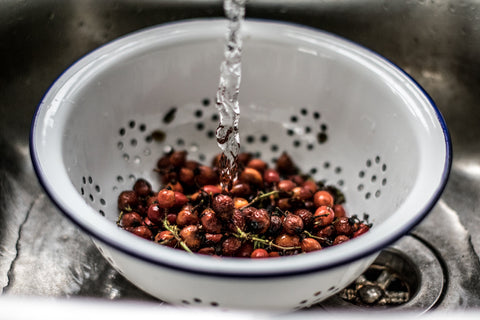
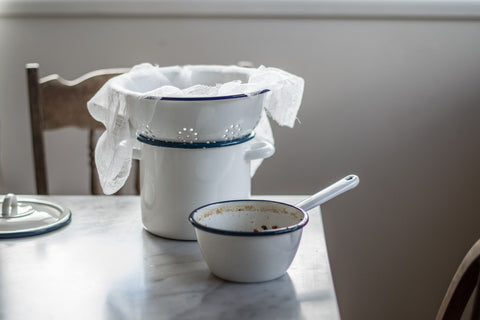
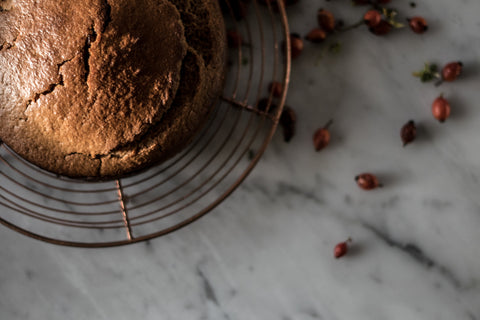

After spending time in the company of chef Sarah Glover and admiring her talent for using food at hand, whether it is locally cultivated or wild produce, I walk on the banks of the Peel River with new eyes.
At Nundle, near Tamworth in northern inland NSW, we've experienced our wettest June on record and I wouldn't be surprised if July follows suit. So walks to Nundle Creek and the Peel River have suddenly become more interesting. We walk to the river to see how high the water is after rain, after a couple of days of rare sunshine, after snow.
One Sunday our family walk follows Nundle Creek to where it joins the Peel River, a significant site, being the location of the first recorded European-built hut at Nundle. The hut is long gone, but it is remarkable to reflect that this was the beginning of European settlement in our valley, which ultimately led to us living here.
Along Nundle creek we see two wild rose bushes with ready to harvest rosehips. It is winter, so the rose red seed buds are clear to see without the camouflage of foliage. Further along the creek we see clumps of stinging nettle growing in the creek bed and on the banks of the Peel River. In the shallows, where the crystal clear water rushes over river rocks, there is watercress.
When we return home I research stinging nettles and email Sarah quizzing her on recipes and removing the sting. She replies, "Hey Love, To remove the sting you need to cook it, so I normally just put some oil in a pot and saute it. The sauce I made was using stinging nettles, and spinach, with a shallot, stock and grapeseed oil. I have a recipe coming to the web soon." I try Sarah's Creamy Buckwheat Nettles with Ham Hock and it is simply delicious. I find other references in Rohan Anderson's, A Year of Practiculture (Nettle Pizza and Nettle Pesto), and Michelle Crawford's, A Table in the Orchard (Stinging Nettle Risotto), and soon learn that using nettles is a matter of substituting them or combined with other greens; spinach, kale, silverbeet, and rocket. A walk to the river now involves taking my elbow length leather gloves, a colander and secateurs. I've been learning how to make videos and put together the video Collecting Nettles to record the prettiness of the Peel River in winter after rain.
I remember seeing a recipe for Rosehip Syrup in Sally Wise's, A Year on the Farm. On our next walk to the river, I collect rosehips. The branches are pesky, covered in the tiniest clawing thorns and I have to resist overreaching to snip rosehips, or risk tumbling down the steep river bank. Making the syrup is surprisingly simple and it is delicious poured on pancakes and added to Spiced Rosehip and Olive Oil Cake.
Now I just have to wait for the river to subside so I can collect watercress for lunch time salads.
Sally Wise's Rosehip Syrup (from A Year on the Farm) See my student rosehip syrup how-to video here
750g rosehips, 3 litres water, sugar, 3 teaspoons of citric acid (Note: I collected about 200g of rosehips in two batches. Each time I worked on a ratio of 1:4 rosehips/water)
Gather, trim and wash rosehips and blitz in a food processor, in batches if necessary. Sally suggests adding 1 cup of water to the food processor, but I didn't. Place into a saucepan with water and bring to the boil. Reduce the heat and simmer for two minutes. Leave to stand for two hours, then strain through a colander or sieve lined with two layers of muslin or chux. For each cup of liquid add one cup of sugar. Return to the heat and bring to the boil, stirring in citric acid until dissolved (for my smaller quantity I used one teaspoon). Pour into warm sterilised jar/s and seal immediately. Serve as a syrup on pancakes, cake, or as a cordial.




Megan Trousdale
Author